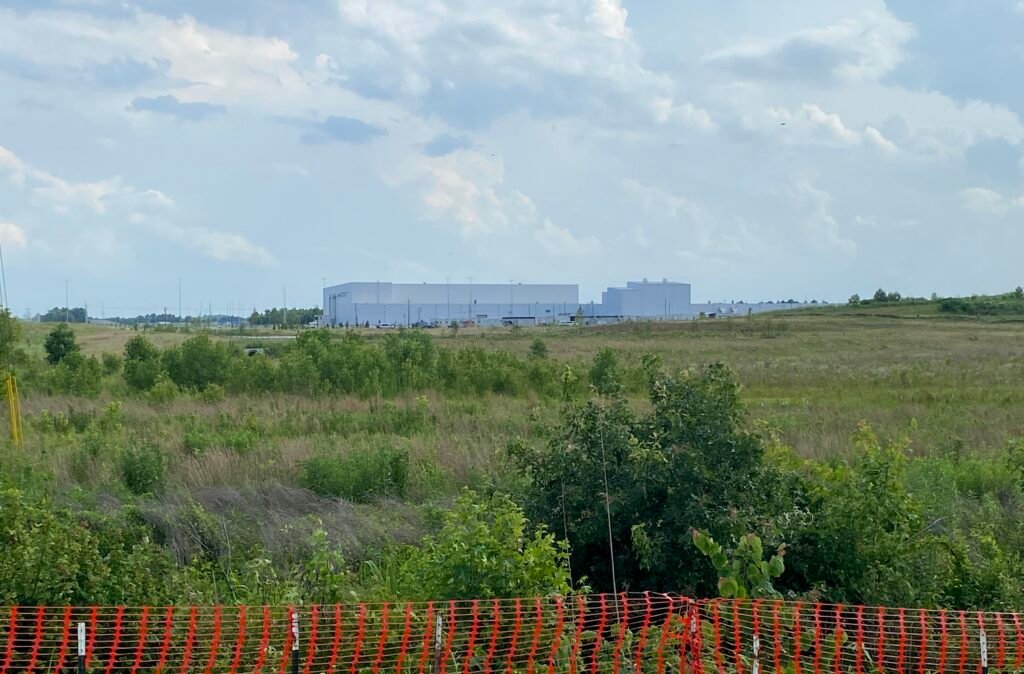Zoning Regulations Approved for West Tennessee Megasite
The governing board for the West Tennessee Megasite, which includes Ford’s BlueOval City electric vehicle and battery manufacturing campus, unanimously approved new zoning regulations on Wednesday.
This 4,100-acre site sits above an aquifer, safeguarded from surface contaminants by a natural clay layer. Nonetheless, violations of this clay barrier can lead to contamination, which could impact drinking water for much of the central region.
The federal government mandates that states identify regions where pollutants could reach drinking water sources and develop plans to address these risks. The zoning ordinance, adopted recently, enhances existing protections and extends regulations across the megasite area.
These zoning rules have received support from Protect Our Aquifer, a nonprofit organization dedicated to maintaining the water quality of Memphis’ sand aquifers.
“Residents around the BlueOval City depend on private wells for drinking water. They deserve assurance that their health considerations are part of the developing process for this large facility,” a representative stated. “This ordinance will not only protect their interests but also help mitigate future financial risks for Tennessee, the megasite, and even Ford along with other tenants.”
The new ordinance requires a special use permit application within state-owned megasite boundaries. This application must demonstrate that the intended land use won’t negatively impact aquifer water quality. Additionally, site plans must disclose any hazardous materials intended for use and prove that these will not affect the aquifer.
The updated regulations also incorporate stricter measures to ensure no wells are established within a 250-foot radius of industrial water system wells. The new rule sets the protection zone at a 750-foot radius, maintaining the strictest standards.
Stakeholders, including the University of Memphis’ Center for Applied Geoscience and Engineering Research and Ford, have expressed that more rigorous regulations are necessary. Chris Bowles, a board advisor, mentioned the high volume of water drawn from these wells once fully operational. “Contaminants can flow quickly from the protected area into the industrial park’s system,” he explained, emphasizing the need for enhanced protection.
Some questions remain about how the requirements for disclosing risky materials and the associated mitigation plans will be monitored and enforced. There’s also a concern regarding whether a professional engineer will review these mitigation plans during the permit application process.
Chris Richards, a member of the Megasite Authority Committee, proposed incorporating an annual review of the zoning ordinance into the board’s regular schedule to ensure compliance with its comprehensive intent.
Houston clarified that the regulations are not aimed at targeting development but rather at managing risks to avoid long-term expenses related to spills and leaks. She pointed out that significant cleanup costs in Shelby County arose from previous inadequate practices.
“We endorse this significant move and believe it sets a constructive precedent for sustainable development,” Houston said. “It sends a clear message that protecting Memphis’ sand aquifer is a collective responsibility that can be shared by all of us. The solutions we propose are both realistic and practical.”
















